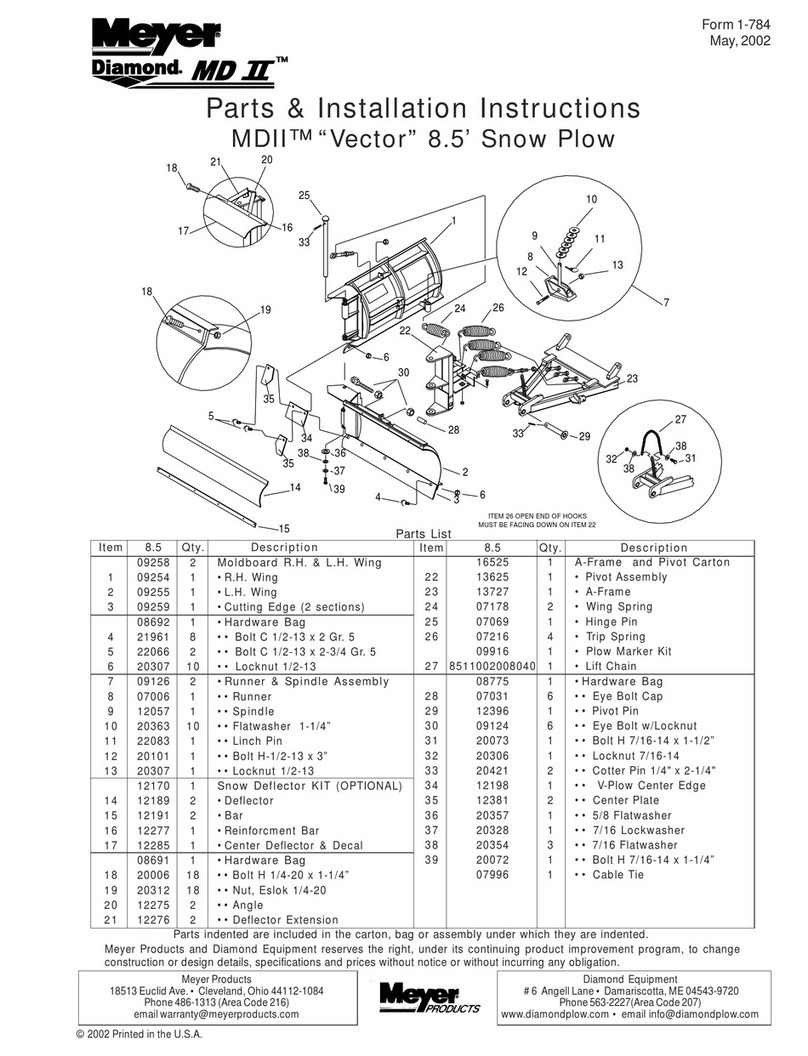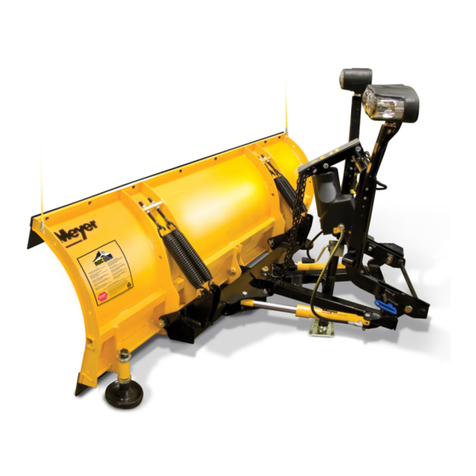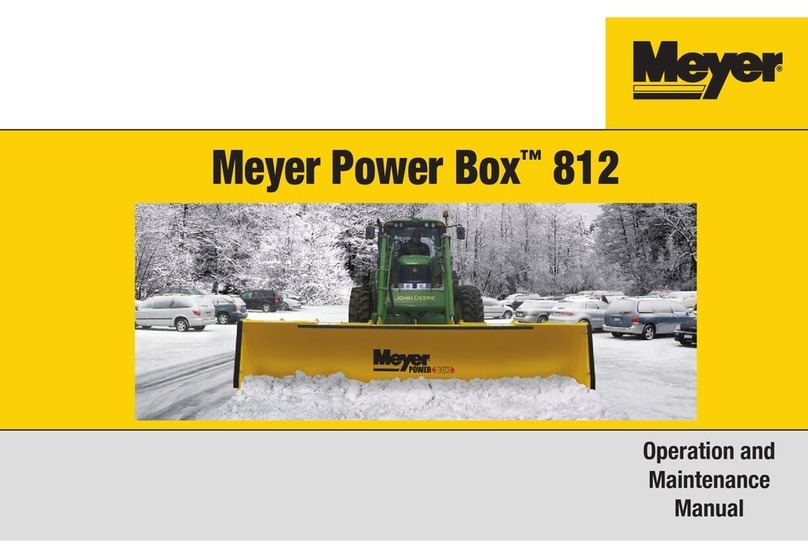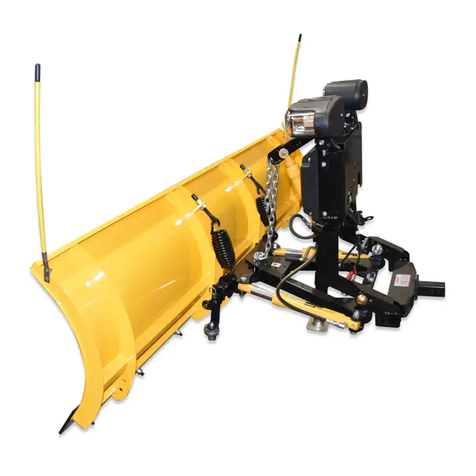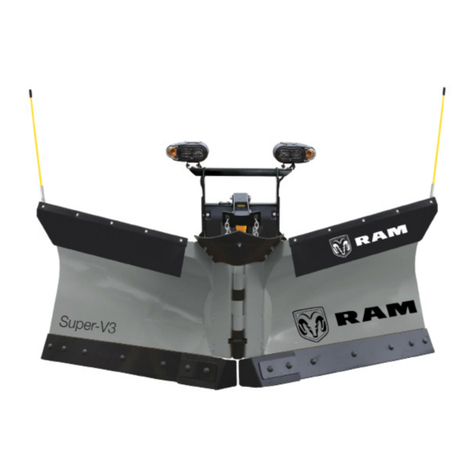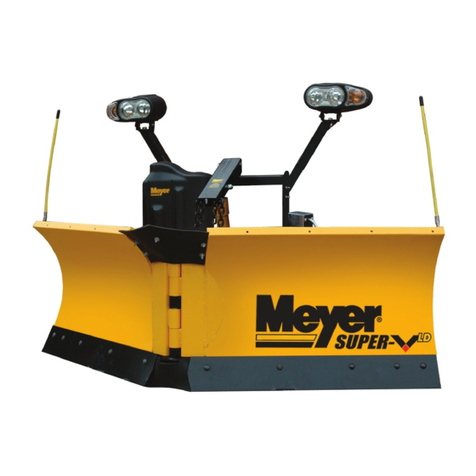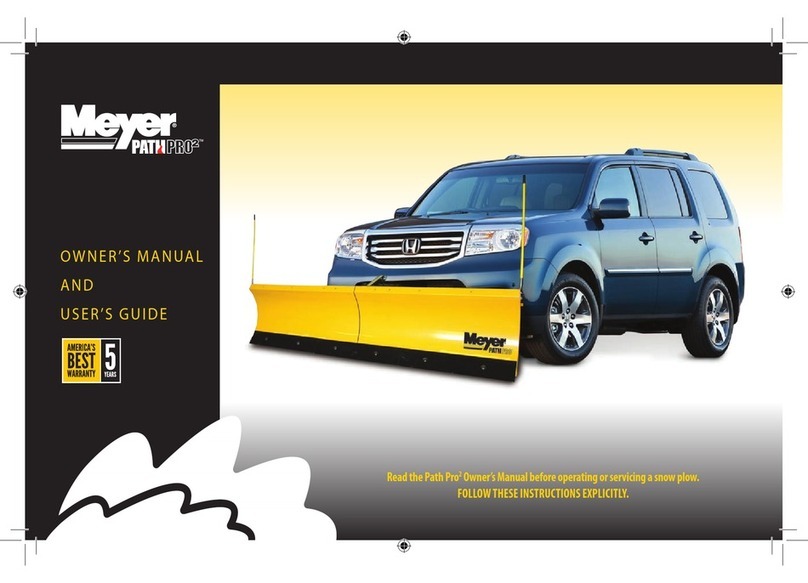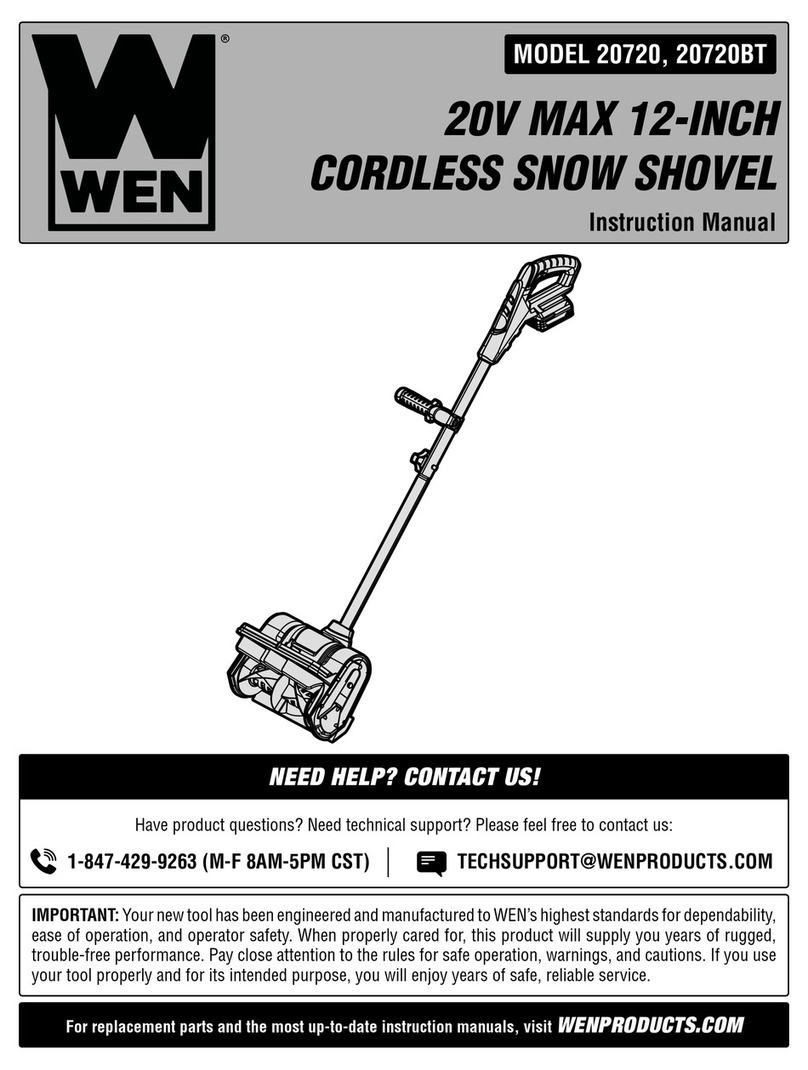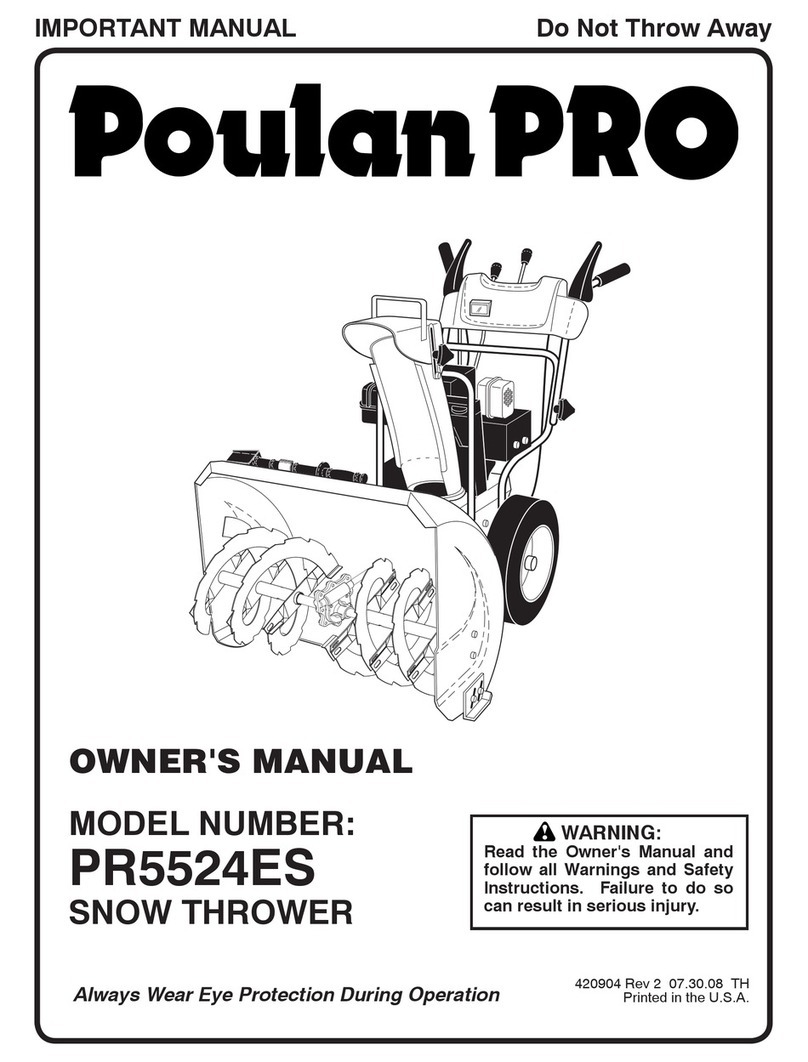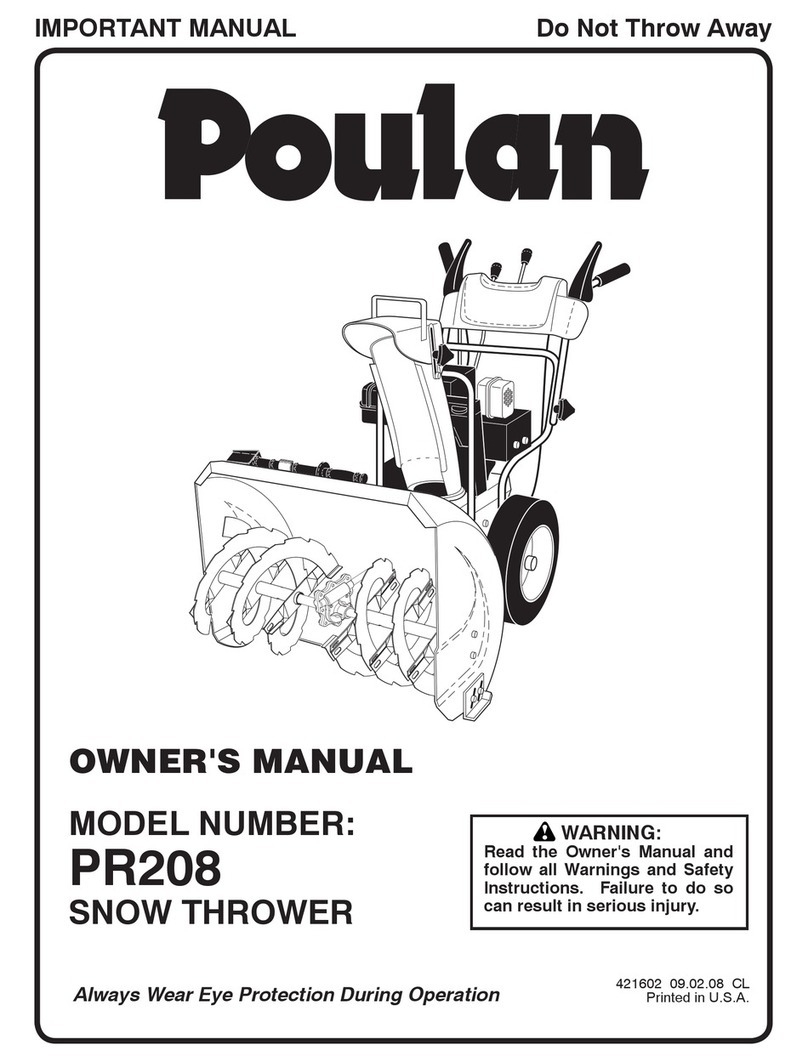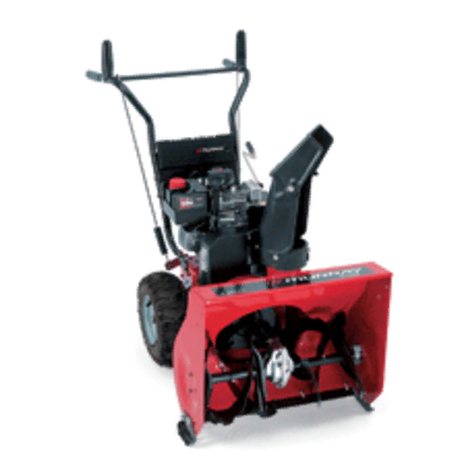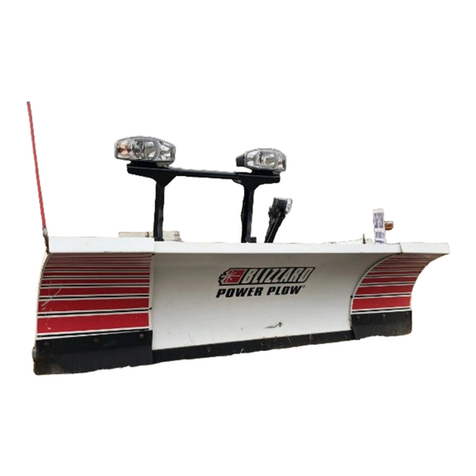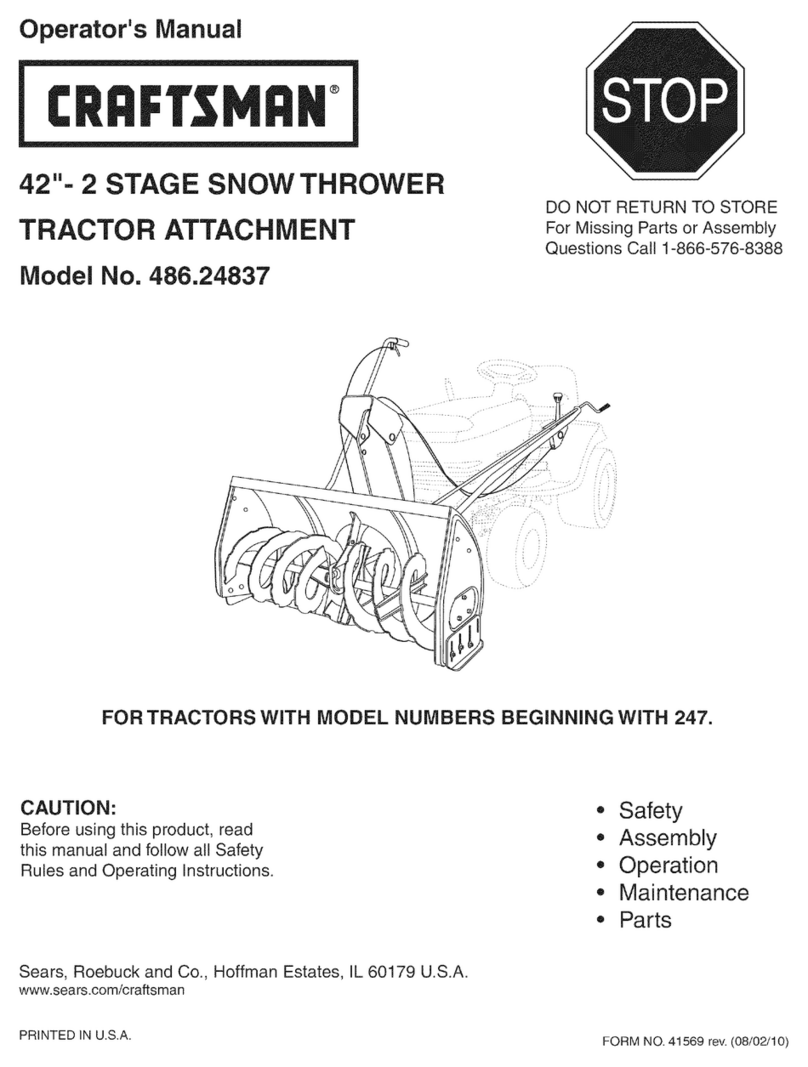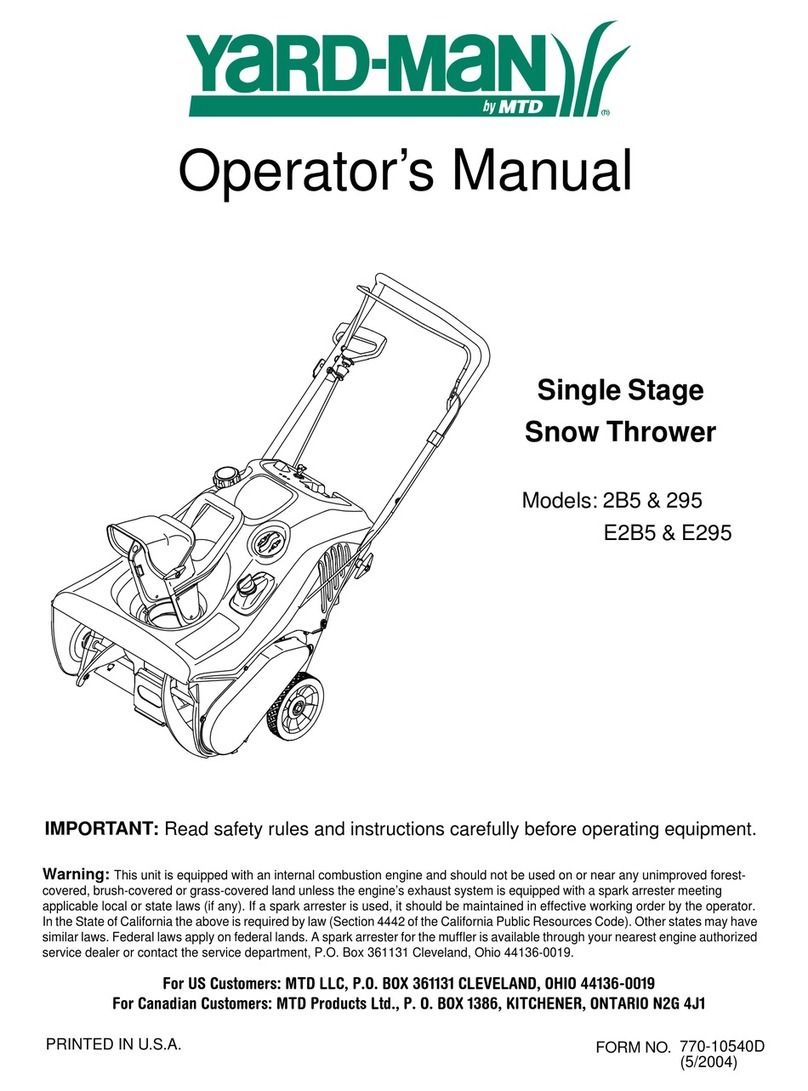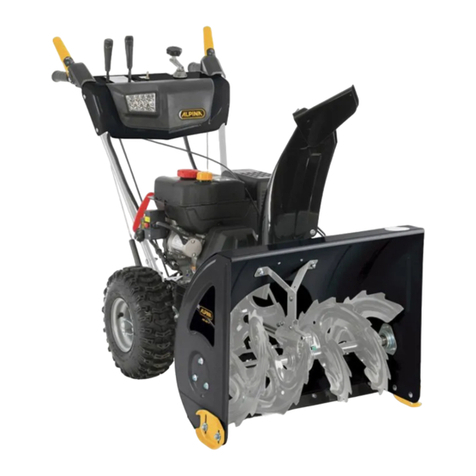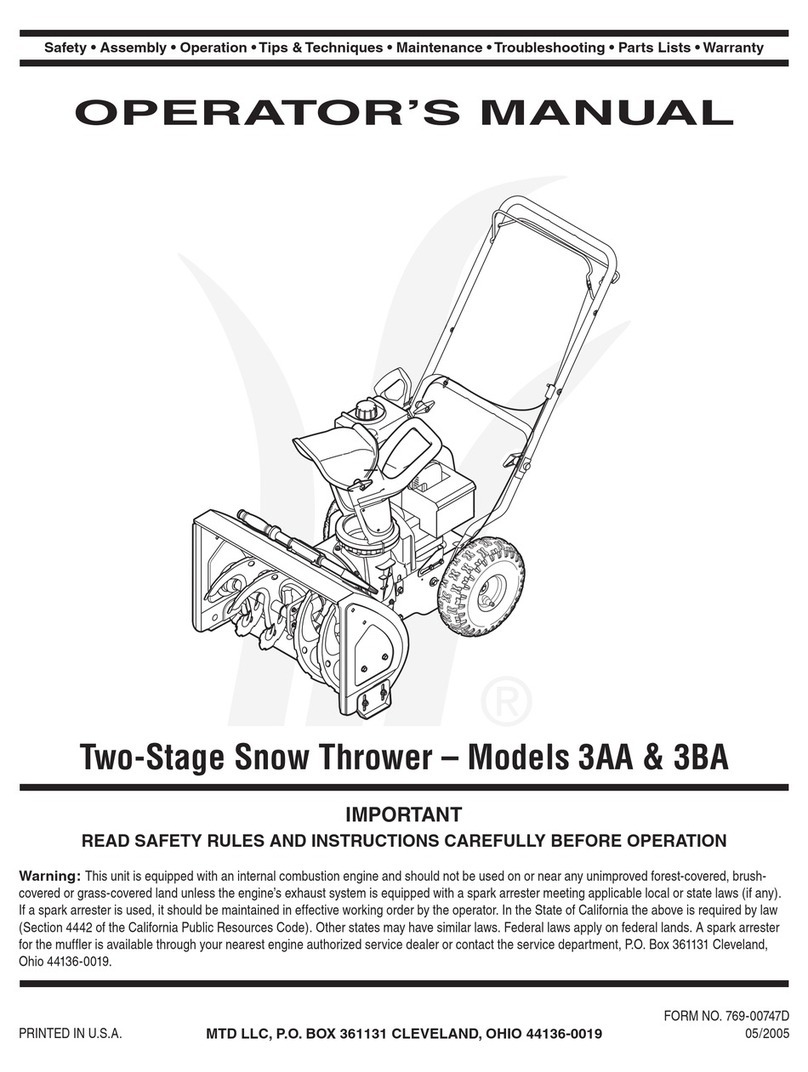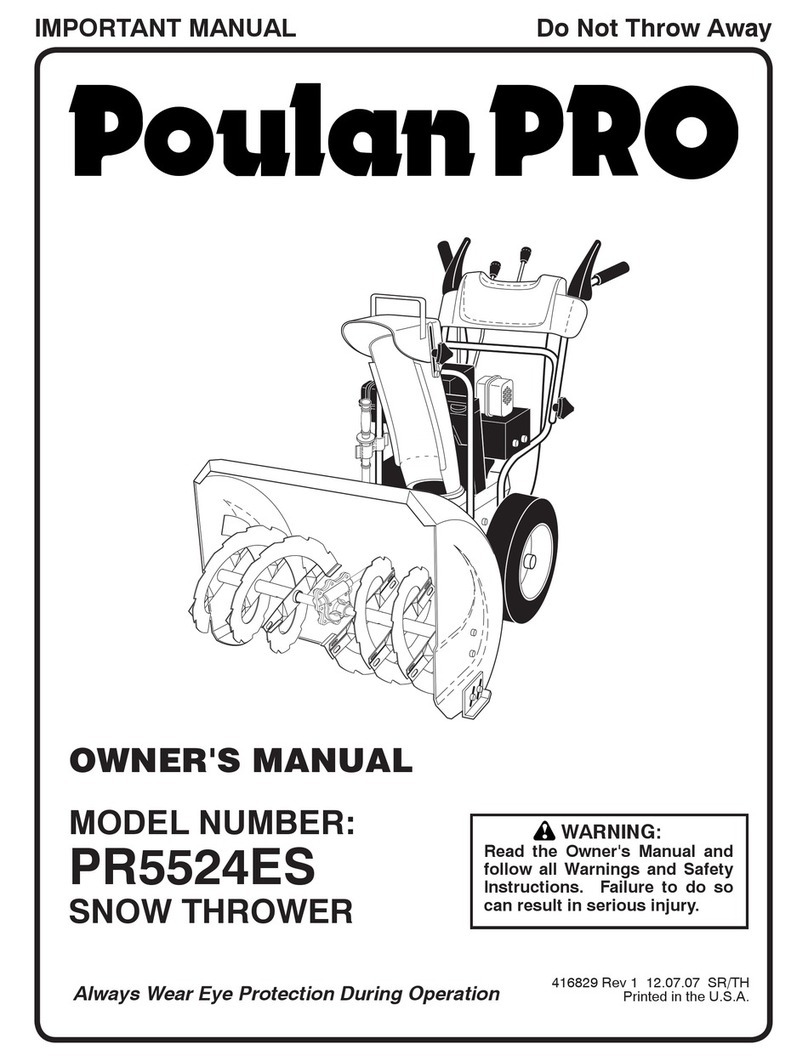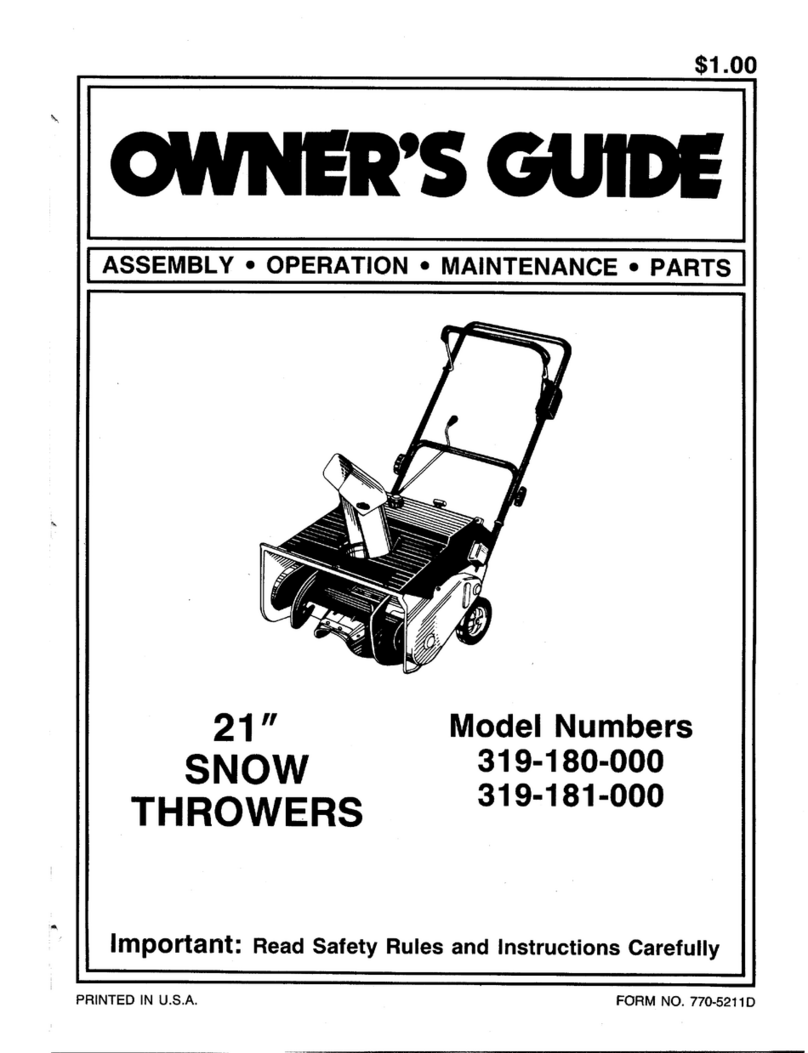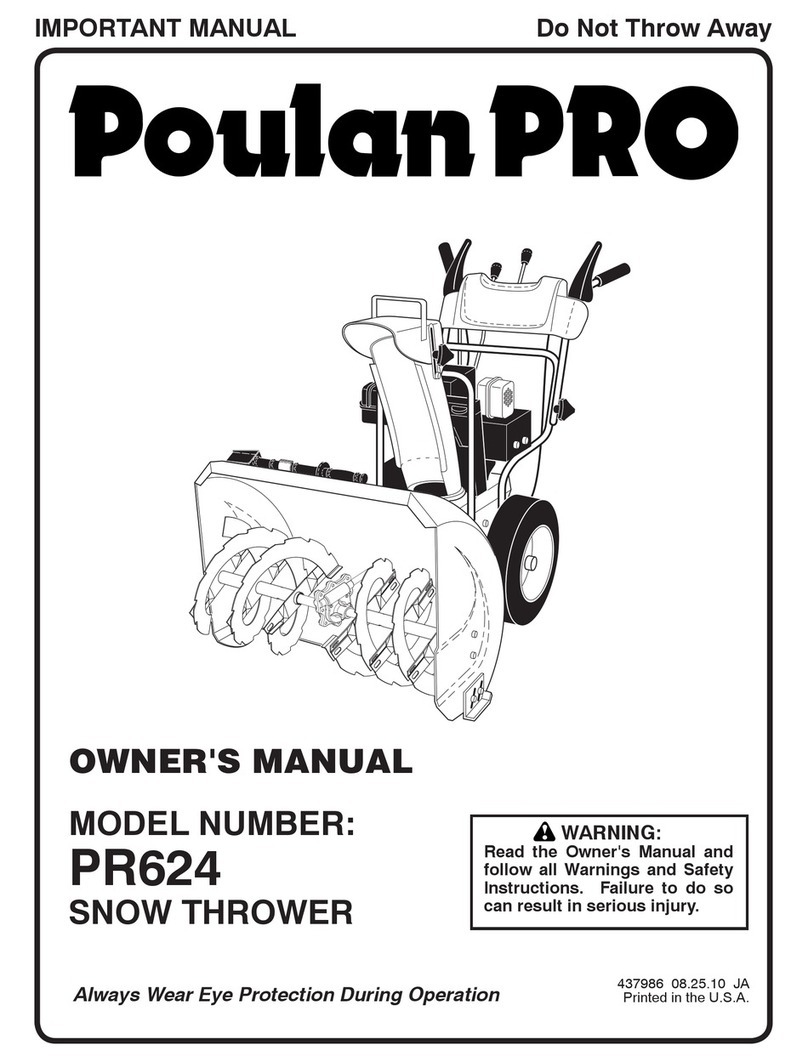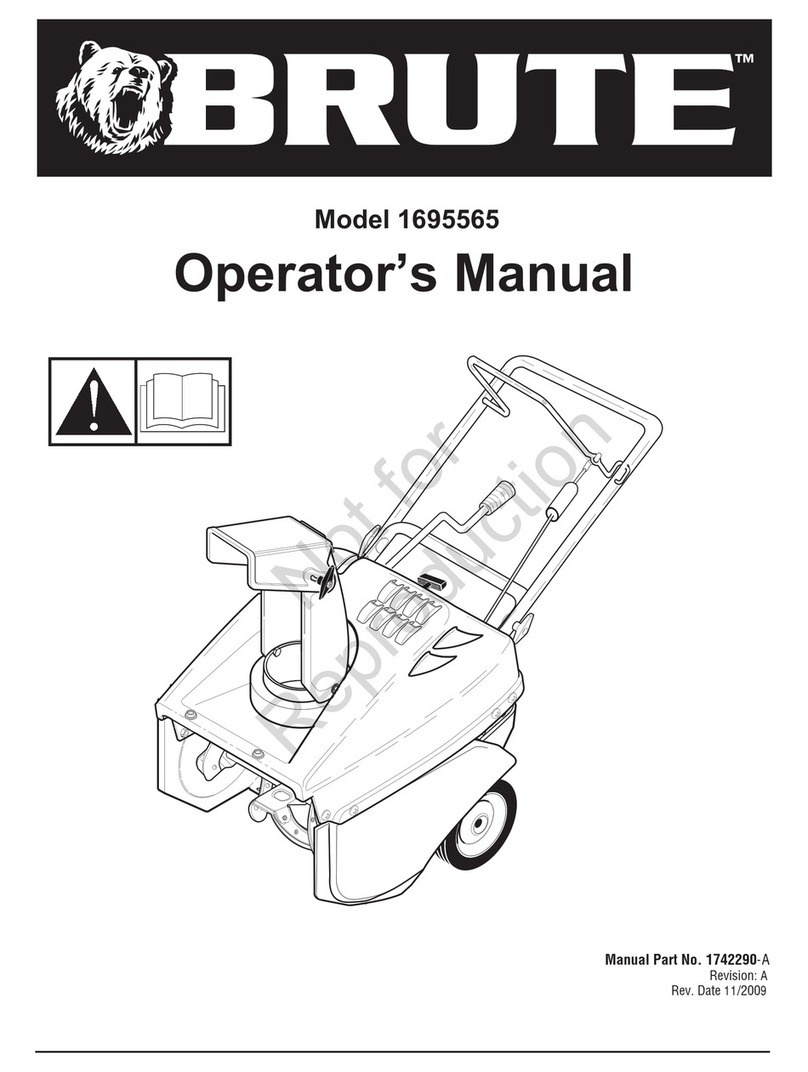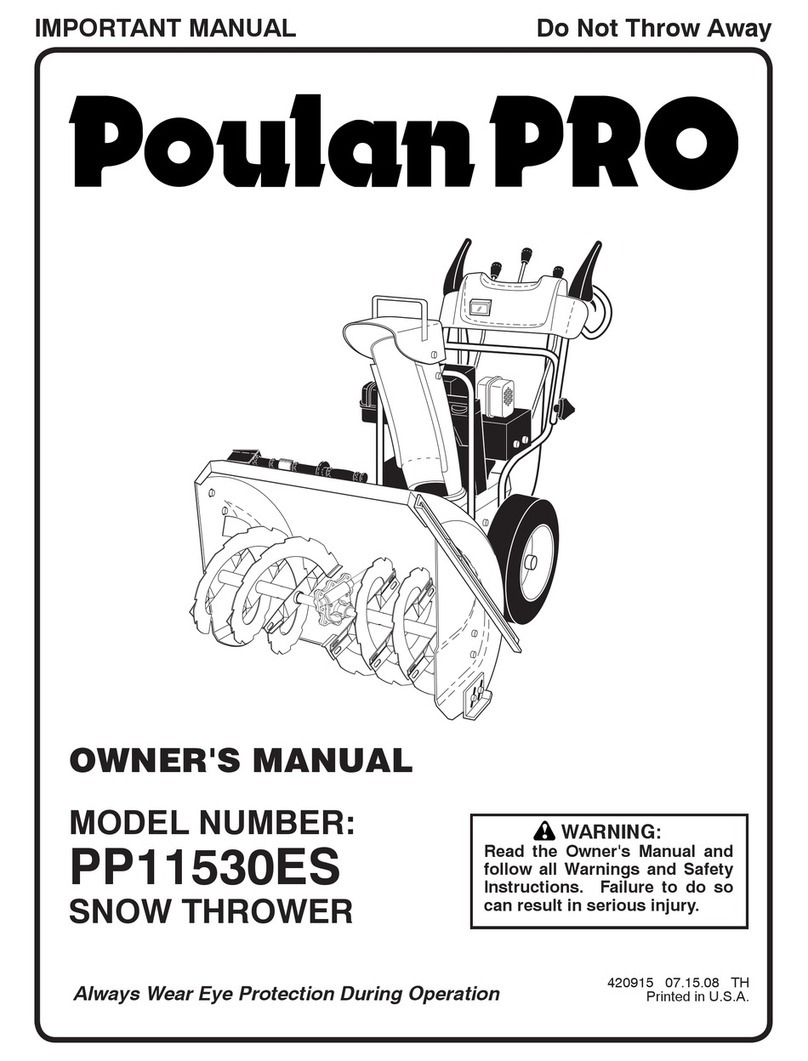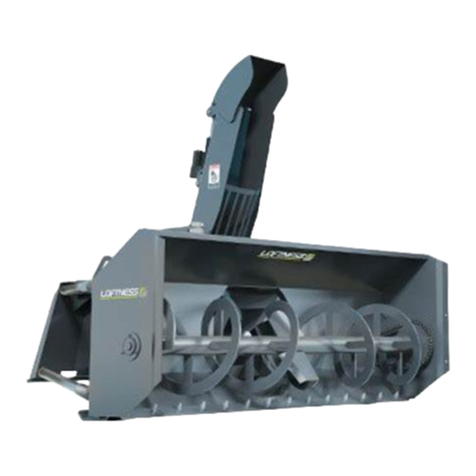Snow, despite the beauty it may impart to a bleak winter landscape,
poses the dual threat of inconvenience and danger. The environmental
conditions associated with snow, not to mention the health hazards and
economic loss it may impose, seriously endanger thousands of lives
annually. Business and industry suffer, and millions of snowbelt residents
may be affected by a single snowstorm.
Meyer Products Inc. has published this manual to help you get the
maximum performance from your Meyer Snow Plow and familiarize you
with the features designed for efficiency and safety; be sure you recognize
and understand them. Follow recommended operation and maintenance
instructions, so when a storm hits, your Meyer Snow Plow will be ready
and you will know how to plow like a pro. DO NOT EQUIP ANY VEHICLE
WITH A SNOW PLOW WITHOUT CONSULTING MANUFACTURERS’
RECOMMENDATIONS.
Vehicles with Meyer Snow Plows installed may be so equipped as to
meet vehicle manufacturers’ specifications and recommended options
for snow plowing use. Most vehicle manufacturers insist that vehicles
which are to be used for snow plowing be equipped with certain
options and accessories, and it is so stated in vehicle manufacturer
specifications for snow plow application.
Warning: Deployment of an air bag while using a Meyer snow plow
will not be covered under Meyer Products’ warranty.
We also recommended that, for optimum performance, vehicles used
for snow plowing be equipped with:
• Four Wheel Drive
• Minimum 60 Amp Alternator or Larger
• Minimum 70 Battery of Larger (550 C.C.A.)
• Mud and Snow Tires
• Increased Radiator Cooling
• Automatic Transmission
• Power Brakes
• Power Steering
Under the continuing Meyer Products Improvement Plan, Meyer Products
Inc. reserves the right to change design details and construction without
prior notice and without incurring any obligation.
IMPORTANT NOTICE: In conjunction with FMVSS (Federal Motor Vehicle Standard) and OEM (Original Equipment Manufacturer) guide lines, Meyer Products LLC
has designed this plow package with the following guidelines:
CAUTION: Installation of a snowplow may affect your vehicle warranty. For more information consult your Vehicle Owners’ Manual / Vehicle Dealer.
WARNING: The vehicle must not be operated when overloaded. In all cases, the loaded vehicle weight, including th entire snowplow system, all aftermarket acces-
sories, driver, passenger, options, nominal fluid levels, and cargo must not exeed the front/rear Gross Axle Weight Rating (GAWR), and total Gross Vehicle Weight
Rating (GVWR). These weight ratings are specified on the safetay compliance certification label on the driver’s side door opening. The use of rear ballast weight
may be required to prevent exceeding the front GAWR.
WARNING: Check your local/state/provincial laws regarding vehicle restrictions when the snowplow is not attached. These restrictions during specified times of
the year may require the removal of the mounting, lift frame, lift arm, hydraulic mechanism or any other fixtures or protruding surfaces mounted to the front of the
vehicle.
Introduction
